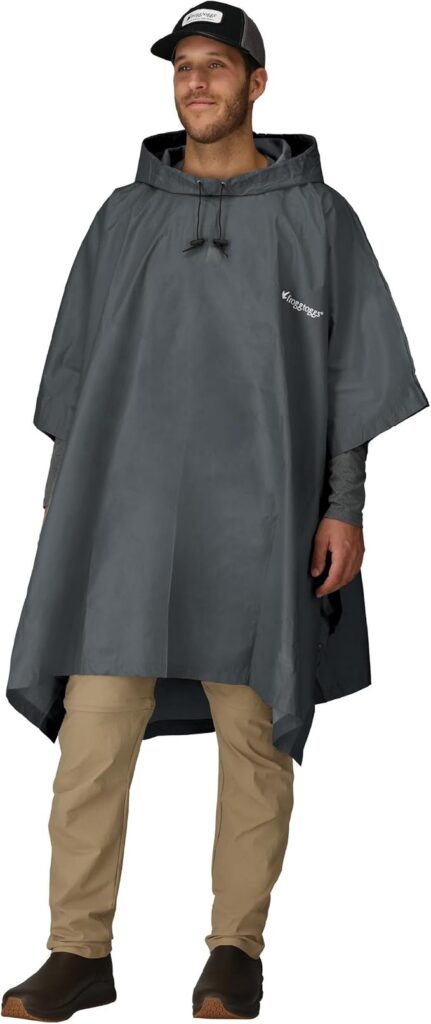Why Rain Gear Matters in an Emergency: Inspired by the incredible flooding currently sweeping through Southern Oregon in March 2025, the importance of having rain gear handy in an emergency has never been clearer. As rivers overflow, roads turn into waterways, and residents face unprecedented deluges, even the simplest rain jacket and pants can prove invaluable. Whether it’s a sudden downpour during an evacuation, a storm that catches you off guard, or a prolonged crisis where staying dry is key to survival, having affordable rain gear on hand—however basic—is far better than being caught without.
Protection When You Least Expect It
Weather is unpredictable, and emergencies don’t wait for clear skies—a lesson Southern Oregon is learning firsthand as record rainfall batters the region. A flash flood, hurricane, or unexpected storm can turn a manageable situation into a miserable—or even dangerous—one if you’re soaked to the bone. Wet clothes sap body heat fast, raising the risk of hypothermia even in mild temperatures. A basic rain jacket and pants, often costing less than $20 combined, create a barrier against the elements. They might not be stylish or high-tech, but they’ll keep you dry enough to focus on what matters: staying safe and moving forward.

The Ripple Effect of Staying Dry
In an emergency, small comforts can have outsized impacts. Staying dry doesn’t just protect your body; it preserves your mental clarity and morale. Imagine trudging through a rain-soaked evacuation with drenched shoes and clinging clothes—it’s exhausting and demoralizing. Now picture the same scenario with a lightweight poncho or rain pants shielding you from the worst of it. That thin layer of plastic can mean the difference between keeping your wits about you or succumbing to frustration and fatigue. Plus, dry gear like blankets or spare clothes in your emergency kit stays usable if you’re not dripping all over them.
Cheap Beats Nothing Every Time
You don’t need Gore-Tex or brand-name outdoor wear to get the job done. A disposable poncho from a dollar store, a thrifted raincoat, or a basic set from a discount retailer can suffice. These options are lightweight, compact, and easy to stash in a car, backpack, or home emergency kit. Sure, they might tear after a few uses or lack breathability, but in a pinch, they’re infinitely better than nothing. The goal isn’t perfection—it’s practicality. When roads are flooded, power’s out, or you’re waiting for help—as many in Southern Oregon are right now—that flimsy rain gear becomes a lifeline.
Real-World Scenarios Prove the Point
The ongoing floods in Southern Oregon, with rivers like the Rogue and South Umpqua swelling beyond their banks, highlight the stakes. Residents are navigating submerged streets, landslides, and relentless rain, echoing past events like Hurricane Katrina in 2005 or the Pacific Northwest’s historic storms. Those with even minimal rain protection can move more comfortably, stay warmer, and avoid illness longer than those without. Even in less dramatic situations, like a car breakdown on a rainy highway or a sudden squall during a hike, having rain gear stashed nearby can turn a bad day into a manageable one. It’s not about luxury; it’s about buying yourself time and options.
There’s a great Emergency Poncho on Amazon you should check out- CLICK HERE!
The Takeaway
Rain gear might not feel as urgent as a charged phone or bottled water, but its value shines when you need it most—just ask anyone in Southern Oregon right now. You don’t have to splurge—grab a cheap jacket and pants, tuck them away, and forget about them until the sky opens up. In an emergency, when every advantage counts, you’ll be glad you did. Better than nothing isn’t just a saying; it’s a strategy, and with the region underwater, it’s one worth adopting today.


